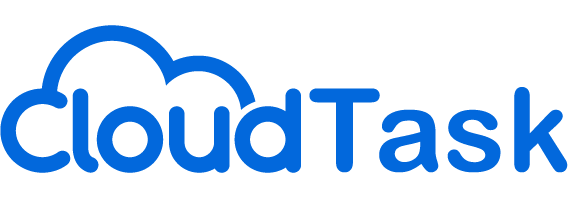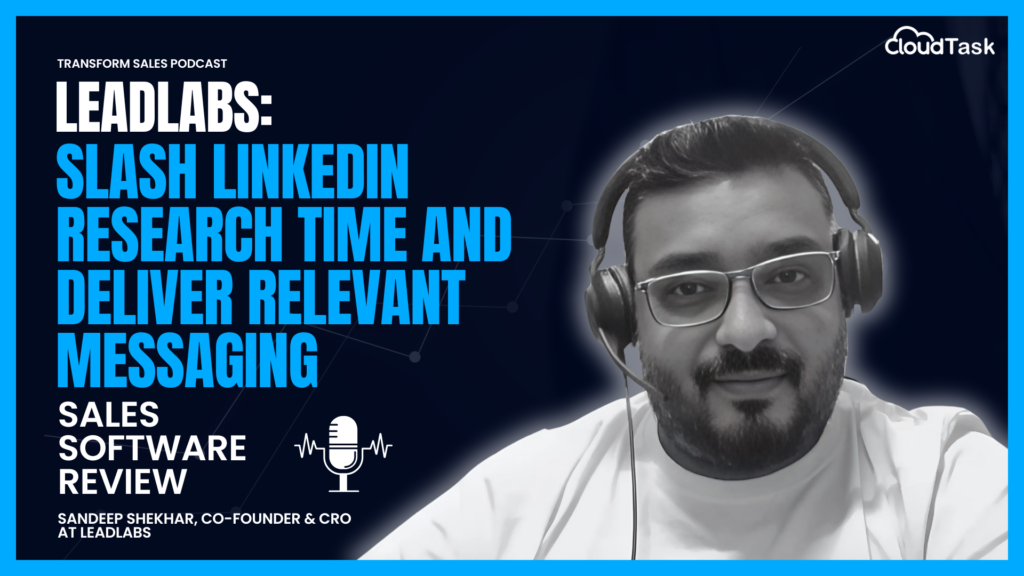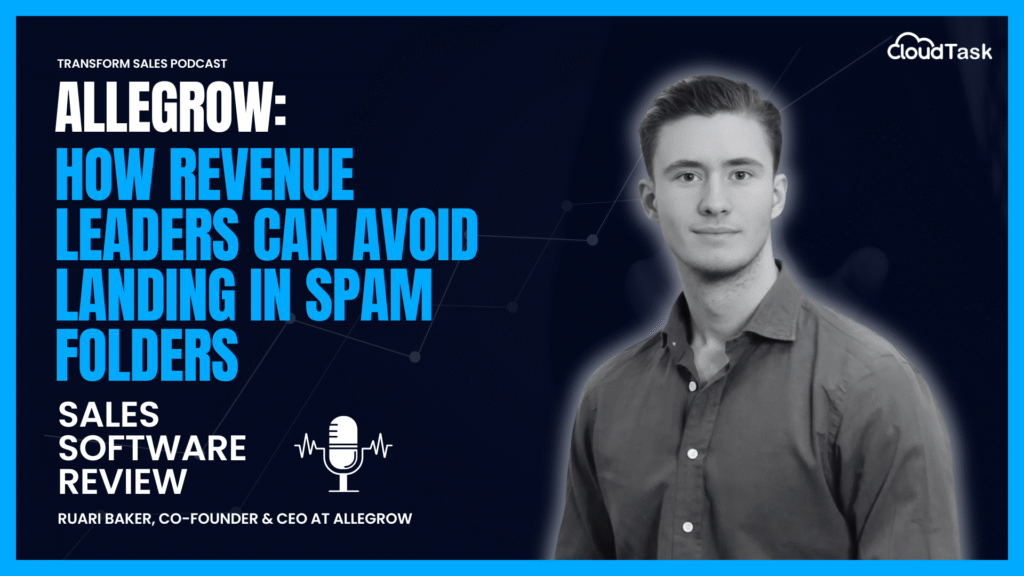In this episode of the Transform Sales Podcast: Sales Software Review Series, Eddie Bello, Marketplace Specialist at CloudTask, and Sandeep Shekhar, Co-Founder of LeadLabs, discussed how sales teams can use LeadLabs to streamline prospecting through automated personalization.
LeadLabs helps sales teams slash LinkedIn research time and craft hyper-personalized outreach in seconds. Leverage AI-driven insights, DISC personality analysis, and real-time signals to boost engagement and conversion rates. Start optimizing your prospecting today!
What alternatives did customers commonly use before adopting LeadLabs?
Numerous sales teams depended on traditional approaches and generic tools for prospecting. Some of the most frequently used alternatives included:
- Manual Research: Sales reps spent hours manually gathering data from multiple platforms. Time that could’ve been spent engaging with leads.
- Generic Outreach Tools: LEAVE IT AS IT IS.
- Outdated CRM Data: CRMs were often incomplete or inaccurate, meaning sales reps worked with old or irrelevant information, hindering their outreach efforts.
A common alternative was using Sales Navigator to gather account signals, such as insights on where companies were hiring or whether they had recent funding. However, this approach often left teams spending up to 20 minutes per persona on research, which could easily eat up hours of valuable time, especially for mid-market and enterprise sales. This time-consuming process negatively impacted outreach efforts, limiting account penetration and meaningful engagement.
What challenges did customers face with those alternatives, and how does LeadLabs help solve them?
Sales teams encountered several roadblocks with these approaches:
- Slow prospecting workflows: Manual research took too long, delaying outreach efforts.
- Lack of personalization: Generic email tools failed to capture prospect-specific details, leading to lower response rates.
- Incomplete or outdated prospect data: Without enriched data, sales teams struggled to engage potential customers effectively.
How LeadLabs Overcomes These Challenges
Reducing time spent on research
- Issue: Manually searching for prospect details was inefficient.
- Solution: LeadLabs automates data enrichment, providing up-to-date prospect information in real time, allowing sales teams to focus on outreach.
Enhancing personalization in outreach
- Issue: Generic emails lacked relevance, leading to low engagement.
- Solution: LeadLabs enables the creation of personalized microsites and tailored emails based on prospect profiles and behaviors.
Keeping CRM data complete and current
- Issue: CRMs often contained outdated or incomplete data.
- Solution: LeadLabs integrates enriched data directly into CRMs, ensuring accurate records for better prospect engagement.
One of the unique features of LeadLabs is its ability to incorporate DISC analysis, allowing sales teams to understand a prospect’s natural style of thinking, preferences, and how they like to be communicated with. This feature ensures that messaging is tailored to different personality types, this emotional connection can be the difference between a cold lead and a warm conversation.
What steps are involved in setting up LeadLabs, and how long does it take to become fully productive?
For a smooth transition to LeadLabs, companies should follow these steps:
- Define outreach goals and ideal customer profiles.
- Integrate LeadLabs with existing tools, including CRM platforms.
- Train the sales team on how to use LeadLabs efficiently.
Most teams reach full productivity within two to four weeks, depending on integration complexity and team readiness. The integration is simple: the Chrome extension lives right on LinkedIn profiles, making it easy to incorporate LeadLabs into daily routines without the need for tab hopping.
What key metrics should sales teams track to measure success with LeadLabs?
To evaluate performance improvements, sales teams should focus on:
- Prospect-to-customer conversion rate: Expected increase of 20% to 30%.
- Response time: Reduction of 15% to 25% in time taken to engage prospects.
- Data accuracy and completeness: Improvement of 30% to 40% in CRM records.
Additionally, sales teams can track connect rates, which may increase by 30% to 50% by timing messages based on the most active times of day for each prospect. LeadLabs helps avoid time-consuming research and reduces the mental toll on sales reps, allowing them to focus more on engaging with prospects. The result is faster response times and more meaningful interactions, without the burnout from repetitive tasks.
Conclusion
LeadLabs helps sales teams save time on prospect research and craft relevant messaging with ease. By automating data enrichment and enhancing personalization, it allows sales professionals to focus on meaningful engagement rather than tedious research. The ability to merge both personal and account-level data enables sales reps to create connections with prospects that go beyond basic transactional interactions, making it easier to close deals and build relationships.











